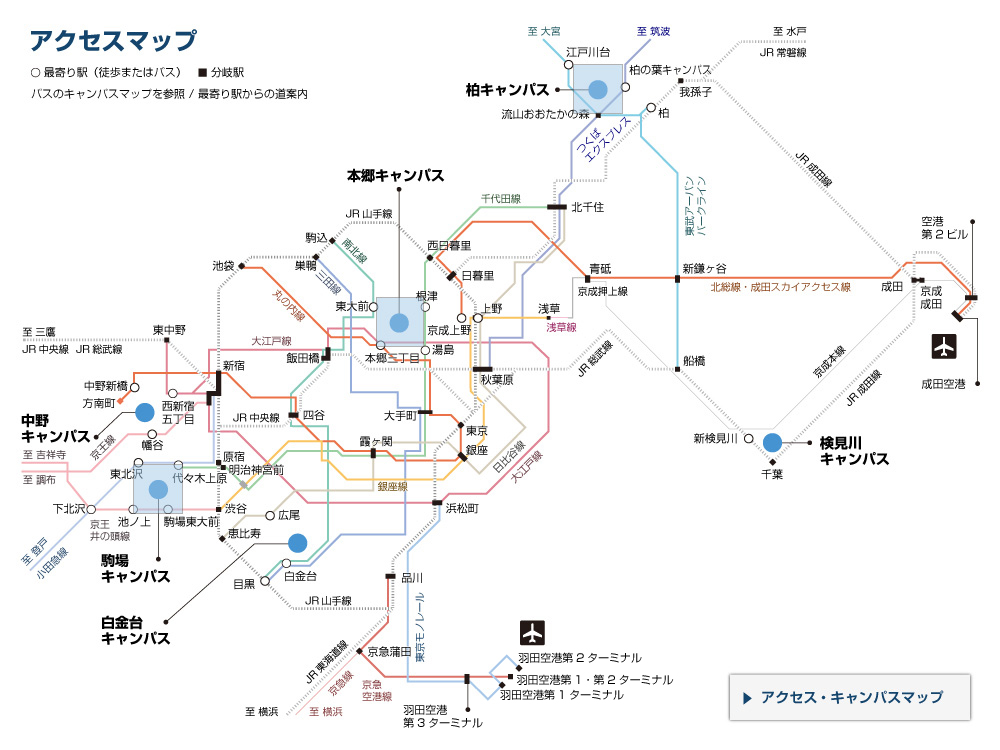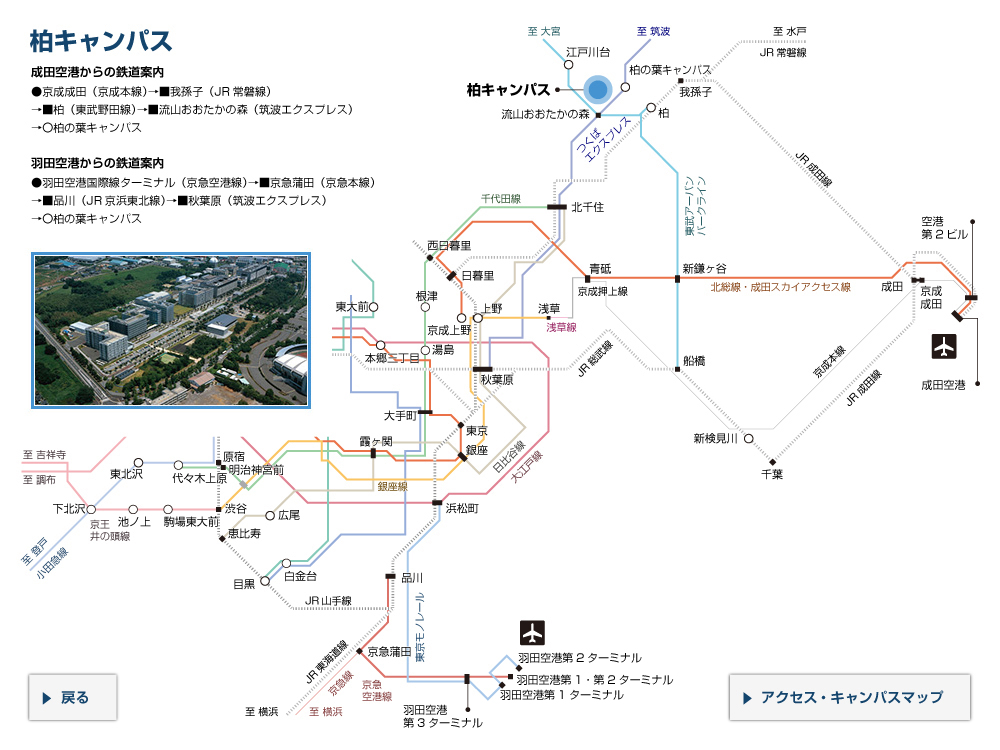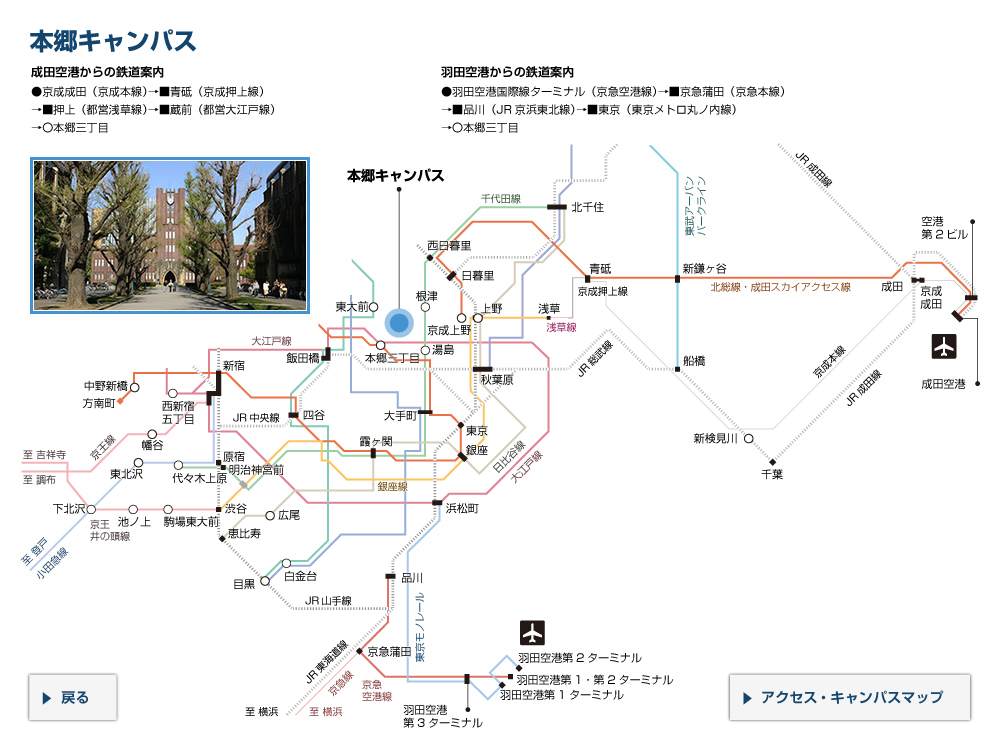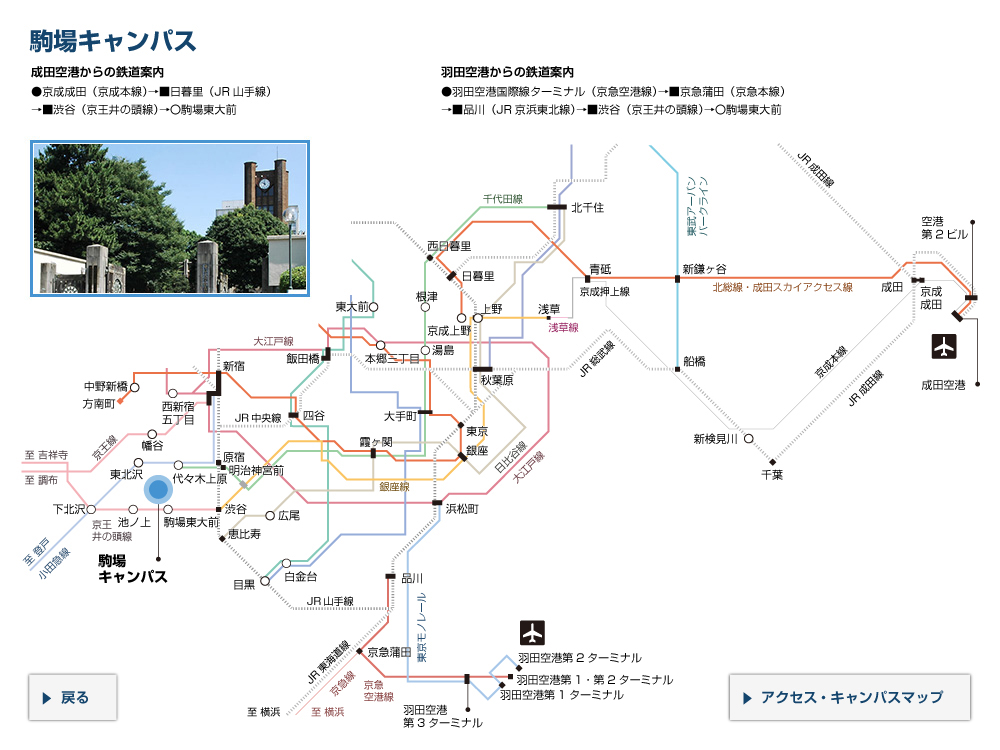令和元年度 東京大学秋季学位記授与式・卒業式 総長告辞
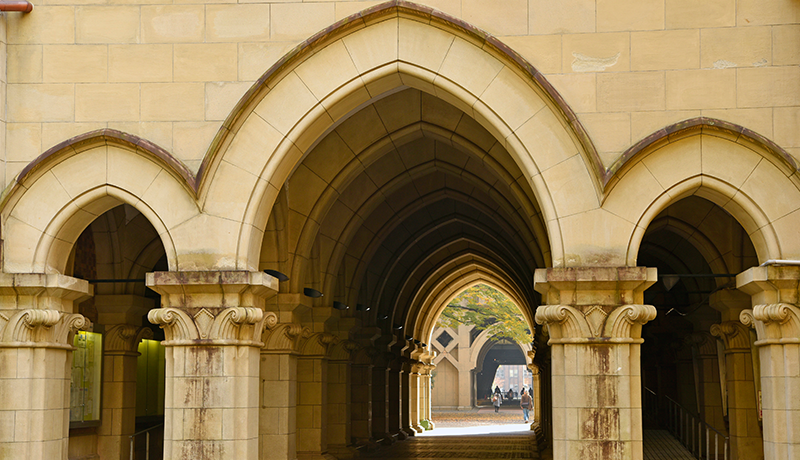

Address by the President of the University of Tokyo at the 2019 Autumn Semester
Diploma Presentation and Commencement Ceremony
Many congratulations to all of you. You have been awarded a doctor’s, master’s, professional, or bachelor’s degree by the University of Tokyo. On behalf of the University, I extend my sincere congratulations to you all. I also congratulate and express my sincere appreciation to your families, who have supported you through your studies.
725 graduate students completed their programs this autumn. There are 245 doctoral degree program graduates, 422 master’s degree program graduates, and 58 professional degree program graduates. 74 undergraduate students have also graduated. Of these, 18 are graduates of Programs in English at Komaba, or PEAK, an English-language undergraduate degree program. In addition, 4 are graduates of the Global Science Course of the Faculty of Science, an English-language undergraduate transfer program for those who started their study at foreign universities. 525 of our graduating students, or about 70%, come from outside Japan.
Today, you take your well-earned diplomas in hand. I am sure that many of you are looking back over your days at the university, remembering moments of joy and the challenges you experienced with your fellow students.
With those experiences behind you, today you are about to take the next step in your lives. Many of you will venture into the world outside of academia. This is a world that is changing like never before. It is also difficult to predict how this change will transform society in the future. You may feel excited yet worried about stepping out of the university, a safe and secure environment for learning. As you enter a new chapter in your lives, I’d like to share a story of a past UTokyo graduate that I think will offer some insight to you.
That graduate is the pioneering female anthropologist, Professor Hiroko Hara.
Professor Hara was among the first group of female students admitted to the University of Tokyo after the end of World War II. It was when Japanese universities were just opening their doors to women. Now, female students represent about 20% of the university’s student body. Back then, however, the share of women was only two to three percent. When Professor Hara enrolled in the University in 1953, there were only 58 female students out of about 2,000 entrants.
At that time, the University of Tokyo was a place of research and education dominated by men. But it accepted women onto its campus, starting to search for ways to change itself into a new type of university. It was a time when people who gathered here were trying hard to create future-oriented, academic disciplines.
At the University, 97.8% of the students were men. In such an environment, Professor Hara said she was empowered by the words of her supervisor. He said: “Half of humanity is women and any society is made up of both men and women. You can understand society only by looking at it through the eyes of both women and men. It is important for society to have both perspectives. So, do your best!”
Gradually, she was attracted to the interesting aspects of anthropology – discovering and trying to understand the mysteries of humanity – and she devoted herself to study.
In her undergraduate and graduate programs, she was engaged in field work, doing research on the lives of people in Japan’s farming, mountain and fishing villages. She closely observed how each individual lived by tatemae (建て前), the prevailing norms of their communities and social groups and how they managed to live with one another to sustain their communities. In Japan, people are often said to put the norms and rules of the group before anything in their lives. Professor Hara then came to wonder whether this value was universal to people living in any social group. She grew more interested to research hunter-gatherer people, who were thought to live in a flat, social structure without a leader.
In reality, however, there were only a few hunter-gatherer communities that a researcher could visit and study. Given Japan’s economic situation at the time, it was not at all easy to do fieldwork overseas. What’s more, Japan had no program in place for supporting a graduate student to carry out overseas fieldwork. So, Professor Hara went to study in the United States in 1959 and wrote a letter to a national museum in Canada as a graduate student. She managed to win support and got the opportunity to research a hunter-gatherer group in a far north region in Canada. She was joined by a female researcher of about the same age, Janice Hurlbert, who had just received a master’s degree in Canada. Two women of different nationalities jumped into the harsh environment that was home to an ethnic group unknown to them. I believe this was an incredible act of bravery. After Janice Hurlbert finished her own project and left, Professor Hara returned to continue her research alone through the harsh winter.
According to research papers at the time, this hunter-gatherer group was called “Hare Indians.”
The name Hare Indian comes from the wild animals they eat. In the area they inhabit near the Arctic Circle, rivers freeze in October and the winter temperature drops as low as 50 degrees below zero. Naturally, there are few plants and animals. Hares alone are not enough to satisfy their hunger, but there are few other animals or plants to eat. In such a harsh environment, several families form groups and live together in tents, moving from place to place following their prey.
To learn about their way of life, a researcher also needs to live with them in this harsh environment. One wrong move and you risk losing your life. In a situation like that, what would you do? I suppose you would ask someone to teach you what tools to prepare and how to survive by using them.
Professor Hara also tried to seek advice on how to make preparations. Let me tell you one interesting episode. She went to a group of Hare people in June and asked how to use snowshoes before snow started to fall in September. Just like skis, snowshoes are strapped onto your shoes to make it easier to walk on snow. If she hadn’t learned how to use them well, she couldn’t have followed them from one place to another. If she had been left behind, her own life would have been at risk. So, Professor Hara thought she needed to learn how to use them before the snow season. But the people she asked only told her that she would figure that out by herself, once she wore them when snow began to fall in winter. They laughed at her because she was trying to put on snowshoes even though there was no snow yet.
Then, she began to recognize that Hare people didn’t have the concept of learning from others or teaching others how to do things. When asked if they were taught how to catch moose, they would say they taught themselves how to do it better. Likewise, adults don’t teach children how to tan animal skins. Children learn how to do it by watching adults. At first, children can’t do tanning as well as adults, so other people will comment and say things like “that looks strange.” But they don’t demonstrate how to do it, and children also don’t ask for advice. Children just watch other people carefully when they are tanning, try to find ways to improve their skills, and eventually master the technique on their own.
Through this fieldwork, Professor Hara discovered that “having the willingness to learn is observed universally among humans, but the act of teaching and being taught is not absolutely universal.” This is one of the unique insights she gained through her research.
Now, I would like to try and relate this experience to the university today.
Two years ago, the University of Tokyo celebrated the 140th anniversary since its foundation. These 140 years can be divided into two periods of roughly 70 years before and after the end of World War II in 1945. We can call the first 70 years before the end of the war the first period and the second 70 years following the war the second period. Professor Hara enrolled in this University to start her research at the beginning of this second period. Under its new constitution, Japan aimed to become a nation of peace and culture and Japanese society was beginning to democratize itself at the time.
And now, the University of Tokyo is at the beginning of another 70 years, the third period or what I call UTokyo 3.0.
Now, we have entered the era of UTokyo 3.0. Our society is changing more quickly than ever before. In particular, we are seeing great advances in information and communications technologies in the 21st century. We can move across national borders easily, communicate with people around the world in real time, and instantly spread information far and wide. But at the same time, we also see the depletion of natural resources, further environmental destruction and global warming. All these are raising more concerns over the sustainability of the earth’s environment.
All of you are going to step into a new world in these rapidly changing times. I believe the story of Professor Hara’s spirit to accept and embrace differences and her insights about learning will give you some hints on how to live your life ahead.
Professor Hara entered the University of Tokyo as one of a very few female students. In those days, women had already obtained education, voting and inheritance rights like men. Even so, she must have encountered unfamiliar situations with her male counterparts at the university. In her fieldwork, she came across people who lived by different values and in a very different natural and physical environment. What is very important is that she embraced the unfamiliar and was able to put things into an academic perspective. She could do that because of her experiences at the University of Tokyo. She learned knowledge and methods from diverse academic disciplines, including anthropology. In other words, the University’s broad liberal arts education and intellectual training equipped her with a sense of autonomy to “build up her own academic field on her own initiative.” This is because the university encompasses a wide range of disciplines including science, engineering, social sciences and the humanities, and spans both the past and future of humanity.
In these times of great change, we all need to cope with unfamiliar environments and people with different ways of thinking, and to build new relationships with them. Given that, Professor Hara’s endeavor nearly 70 years ago inspires us. The knowledge she gained at the university gave her the strength to pursue her goals. And each and every one of you should have that same knowledge, too. I hope you will venture into your new fields, with your heads held up high.
Having the willingness to learn is universal among humans, but asking others how to learn is not. This discovery by Professor Hara is a very important insight we can turn to in these times of great change. In the days when things changed slowly, what you had to learn was already completely described. And there were people who could teach it to you. But today, we are seeing rapid changes in technological innovation and world affairs. There is no one who can tell us what to expect and what to do. We need to learn on our own. And there is no end to that kind of learning. It continues even after you graduate from university.
Professor Hara enjoyed learning new perspectives through interacting with people of different cultural backgrounds and different values on a personal level. I believe her positive outlook will also give you the strength to carry on in these rapidly changing times.
It is my hope that you will become a role model for others to follow in life-long learning and take the lead to cultivate new frontiers in this new era. Most importantly, I hope you will enjoy that process just as you did with learning at this University.
You may face tough challenges. You may feel helpless at times. Remember that you can always turn to the University for help. The University of Tokyo will always be with you. Graduation does not mean the conclusion of your relationship with us. Our alumni all over the world are all your colleagues. Together, we will create a better, future society.
Congratulations!
Makoto Gonokami
President
The University of Tokyo
September 13, 2019
(和文)令和元年度 東京大学秋季学位記授与式・卒業式 総長告辞
本日ここに学位記を授与される皆さん、おめでとうございます。東京大学教職員を代表して、心よりお祝いを申し上げます。また、皆さんをこれまで励まし支えてくださったご家族の方々にもお祝いと感謝の気持ちをお伝えしたいと思います。
この秋、大学院を修了する方は725名で、その内訳は博士課程が245名、修士課程が422名、専門職学位課程が58名です。学部生は74名が卒業を迎えます。このうちPEAKという高校まで日本語以外で教育を受けた学生を対象としたコースの卒業生が18名、また日本以外の大学学部からの編入生を受け入れるグローバルサイエンスコースの卒業生が4名になります。秋季卒業生中、留学生は525名となり全体の約7割を占めています。
皆さんは、本日、学位記を手にされました。今、そこに至るまでの皆さん自身の苦労や仲間と共に感じた感動などさまざまな思いを巡らせていることと思います。
そうした経験をもとに、今日、皆さんはいよいよ、次のステップを踏み出すことになります。社会に出て行く方も多いと思います。今世界はかつてないスピードで激しく変化しています。さらに、変化の先の社会がどうなるのか、予測も困難です。大学という安全な学び舎から飛び出すことに、期待と共に不安を感じている方もいるかもしれません。人生の新しいフィールドに出ていく皆さんがこれから歩みをすすめる際に、ヒントとなるような、皆さんの先輩の挑戦についてお話したいと思います。
その先輩は、文化人類学者の原ひろ子先生です。
原先生は、第二次世界大戦後、大学が女性にも門戸を開くようになった、その最初期に東京大学に入学された女性の一人です。現在、東京大学の学生に占める女性の比率は20%程度ですが、当時は2-3%に過ぎませんでした。原先生が東京大学に入学された1953年も、入学者約2000名のなかで女性はわずか58名でした。
このように、原先生が入学された当時の東京大学は、それまで男性ばかりだった研究教育の場に女性たちを迎え入れ、新たな大学の在り方を模索し大きく変わろうとしていたのです。そして、そこに集う人々は、意欲的に未来と向かいあう学問を生みだそうとしていた時代でした。
97.8%が男子学生というなかで、原先生は、「人類の半分は女だし、どんな社会にも男と女はいる。それを女の目でも見るし、男の目でも見るというふうにしていかないと社会は理解できない。両者の視点が共存することは大切なのだ。だからがんばりなさい」という指導教員の言葉に大変励まされたそうです 1。
そして、「人間について不思議に思うさまざまな問いを追求する」という文化人類学の面白さに惹かれ、研究にのめり込みます。
学部、大学院修士課程での原先生は、日本の農・山・漁村に暮らす人々の生活を、現地に実際に入り込んで調べるフィールドワークに取り組みました。そこで、個人がいかに集団や組織のタテマエと共存して暮らし、他者とどう互いに折り合いをつけて集団の存続を図ろうとしているかを、細かく観察します。そこからさらに原先生は、日本でよく見られる「集団の論理を生活の中心におく価値観」は、どの社会を生きる人間にも普遍的な現象なのかどうかを考えるようになりました。そして、リーダーがおらずフラットな社会組織になっていると考えられていた狩猟採集民について研究してみたいと思うようになったのです 2。
しかし、狩猟採集生活をしている地域で研究に入れる場所は、現実的にはとても限られていました。しかも、当時の日本の経済状況において、海外でのフィールドワークはそう容易いものではありませんでした。まして、一大学院生に対して、海外でのフィールドワークを支援する仕組みは日本にはありません。そこで原先生は1959年にアメリカ合衆国に留学し、大学院留学生の立場でカナダの国立博物館に手紙を書き、支援をとりつけて、カナダ極北の地で生活する狩猟採集民をフィールドワークする機会を得ることができたのです。一緒に村に入ったのは、カナダで修士号を取ったばかりのジェニス・ハールバートという、ほぼ同い歳の女性研究者でした。国籍も立場も違う若い女性がたった二人で、未知の民族の暮らしのなかに飛び込んだのは、すごいことだと思います。さらに、その後に続く本調査では、原先生は一人きりで、厳しい冬の生活に挑戦されています。
その極北の狩猟採集民は、当時の論文などで、ヘヤー・インディアンと呼ばれていた人々です。
ヘヤー hareとは、彼らが食べる野兎のことです。彼らの住む北極圏線のあたりは、10月に河川は結氷し、冬の気温はマイナス50 ℃にもなります。したがって、動植物も豊かではありません。兎だけでは空腹を満たすのには十分ではないのですが、それ以外にあまり食べるものがありません。このように厳しい環境のなかで、彼らは数家族でグループになってテント生活をし、獲物がいなくなれば移動する、といった暮らしをしていました。
彼らの暮らしを知るには、研究者も一歩間違えれば生命を危険にさらしかねない厳しい環境のもとで、彼らと共に暮らさなければなりません。そういうとき、皆さんならどうするでしょうか。あらかじめ、どのような道具をそろえ、それをどのように使って、どんなふうに暮らせばよいのか、誰かに教えてもらおうとするのではないでしょうか。
原先生も教えてもらって準備しようとしました。こんなエピソードがあります。原先生は6月に集落に入ったので、雪が降りはじめる9月の前に、かんじきの使い方を教えてもらおうと考えました。かんじきというのは、スキーのような装具で、靴にくくりつけて雪の上を歩くのに使います。これがうまく使えなければ、みんなの移動生活についていくことはできません。ついていけずに取り残されてしまったら、自分の命にかかわります。だから原先生は、雪が降る前にその使い方を教わろうとしたのです。しかし彼らは、「冬がきて、雪が降って自分ではいてみればわかる」と言うばかりで、雪もないのにかんじきを履こうとする原先生のことをおもしろがって笑いました。
そもそも、彼らにはやり方を人から「教えてもらう」とか、「教えてやろう」という考えがないようだということに原先生は気づきます。「誰からムース(アメリカオオツノジカ)のしとめ方を習ったのか?」と聞かれれば、「自分で上手になった」と答えます。また、皮のなめし方にしても、大人は子どもに手取り足取り教えることはしません。子どもは大人がやっているのを見て、自分でやってみるようになります。最初のころは大人ほど上手でないので、周囲の人も出来上がったものを見て「ヘンだ」と言ったりはするのですが、「こうしたらいい」とやり方を教えることはありませんし、子どももどうしたらいいかを尋ねたりしません。「ヘンだ」と言われた子どもは、ほかの人が皮をなめす様子を見たりして、「ヘン」なところをなんとかしようと工夫し、やがて「自分で」できるようになるのです。
彼らの子どもたちも、いろいろなことができるようになるために学ぼうとはしています。しかしながら “学ぼうとする意識的行動は人類に普遍的といえるが、「教えよう・教えられよう」とする行動は、絶対普遍のものではない” 3 という発見は、原先生がこのフィールドワークを通じて得たユニークな知見の一つです。
さて東京大学は、一昨年に創設140周年を迎えました。この期間は、1945年の終戦を境に、前後ほぼ70年ずつ2つの時期に区切ることができます。終戦より前の、前半70年を第一期と呼ぶなら、終戦後に始まる70年は第二期と呼ぶことができます。原先生が東京大学に入学し研究生活を始めたのは、まさにこの第二期の初め、日本が新憲法のもとで平和で文化的な国家を目指し、社会が民主化されていくタイミングでした。
そして現在、東京大学は新たな70年の始まりを迎えています。私が、UTokyo3.0と名付けた第三の時代です。
今、このUTokyo3.0の時代がはじまりましたが、社会はかつてないスピードで変化しています。特に、21世紀に入ってからの情報通信技術の進歩はめざましく、個々の人々が国境を易々と越え、世界中の人々にリアルタイムで交信し、情報を広範囲に一気に伝えることもできるようになりました。その一方で、環境の破壊や温暖化も急速に進み、資源の枯渇など、地球環境の持続性についての懸念はいっそう深刻化しています。
皆さんは、そんな変化の激しい時代に、社会という新しいフィールドに出ていくことになります。そんな皆さんに、原先生は、異質なものと向かいあう姿勢と、そこで見出した知見、という2つの面から、生きるヒントを与えてくれているように思います。
原先生は、当時は圧倒的な少数派であった女性の一人として、東大に入学されました。女性も男性と同じように教育の権利や選挙権、相続権が与えられるようになった時代ですが、そこにも異質なものどうしの出会いがあったはずです。さらに、ヘヤーの人々のフィールドワークでは、原先生は、自分が馴染んできたのとは全く異なる自然・物質的環境のなかで、異なる価値観をもって暮らす人々に出会いました。大変大事なことは、そこで原先生が、異質なものをしっかり受けとめ、学問的にとらえなおすことができたということです。それができたのは、まさに東京大学で出会った学びの多様性、すなわち文化人類学をはじめとするさまざまな学問の知識や手法があったからであり、文理の垣根を越え、人類の過去と未来を見渡す大学という場での幅広い教養教育と知的な訓練が「自分の学問は、自分で築く以外にはない」という主体的な姿勢を支えていたからだと言えるのです。
この変化の激しい現代において、自分が馴染んできたのとは異なる環境、異なる考え方をする人々と正面から向かいあい、新たな関係を作り出していくことが、我々すべてに例外なく求められています。その意味でも、今から70年近く前の原先生の挑戦に、私たちは励まされます。しかもその原先生の挑戦を支えたのが、東京大学で身につけた知であったとすれば、それはまさに今皆さんにも備わっているものです。皆さんは、卒業生としての自信をもって新しい活躍のフィールド、つまり社会に進んでいってください。
また、学ぼうとする姿勢は人類に普遍的だが、そのやり方を誰かに教えてもらおうとする姿勢はそうではない、という発見は、まさに、急激に変化する現代だからこそ、私たちが原点とすべき生き方の知恵なのです。変化がゆるやかに進んだ時代には、何を学べばよいかがすでに確立しており、それを教えてくれる人がいたかもしれません。しかし、技術革新にも世界情勢にも変化の激しい現在、その先に何があるかを知り、どうすべきかを教えてくれる人はいません。自ら学ぶしかありません。そしてその学びには終わりはありません、大学を出てからも続くのです。
原先生は、異質な文化を生き、異なった考え方をもつ人たちと、人間としてつきあうことを通じて、新しい見方を楽しみながら学んでいきました。原先生のこの姿勢は、これから、まさに変化の時代を歩む皆さんを大いに勇気づけてくれるでしょう。
そして、皆さんには、社会のなかで学び続ける姿をあとに続く人々にも示し、率先して新しい時代を切り開いていってほしいのです。そして、何より、その過程を、大学での学びと同じように、楽しんで進んでいってほしいと願っています。
もちろん時には、壁に突き当たることや挫けそうになることもあるかもしれません。そんなときは思い出してください。東京大学はこれからも常に、皆さんと共にあります。卒業は終わりではありません。また、東京大学で学んだ仲間は、世界中にいます。皆で一緒によりよい未来社会を作っていきましょう。
卒業誠におめでとうございます。
令和元(2019)年9月13日
東京大学総長
五神 真
【参考文献】
1 岩男寿美子, 原ひろ子,『女性学ことはじめ』, 講談社, 1979, 135-6.
2 原ひろ子,『ヘヤ—インディアンとその世界』, 平凡社, 1989, 13.
3 原ひろ子,『子どもの文化人類学』, 晶文社, 1979, 175.
- カテゴリナビ



